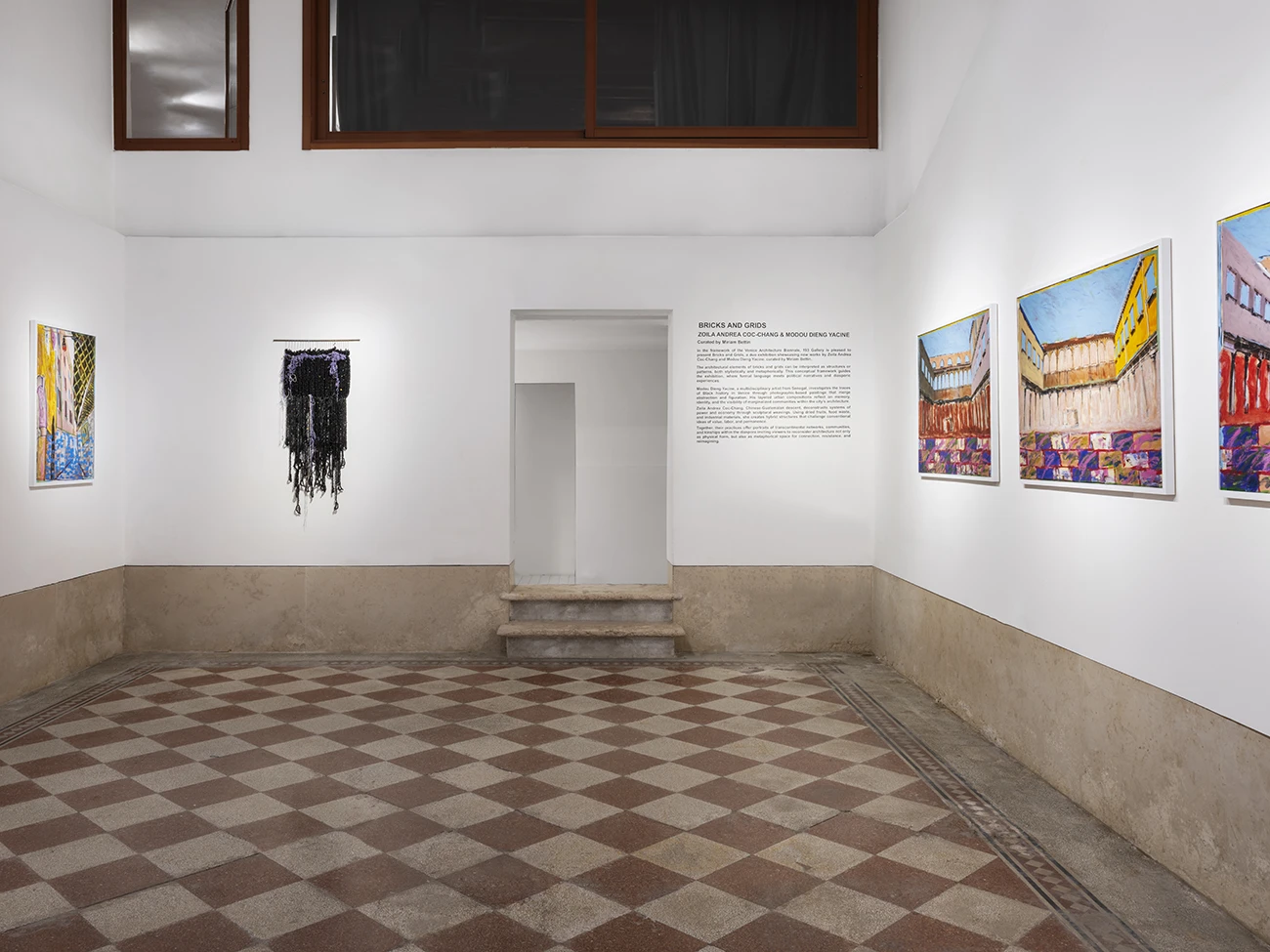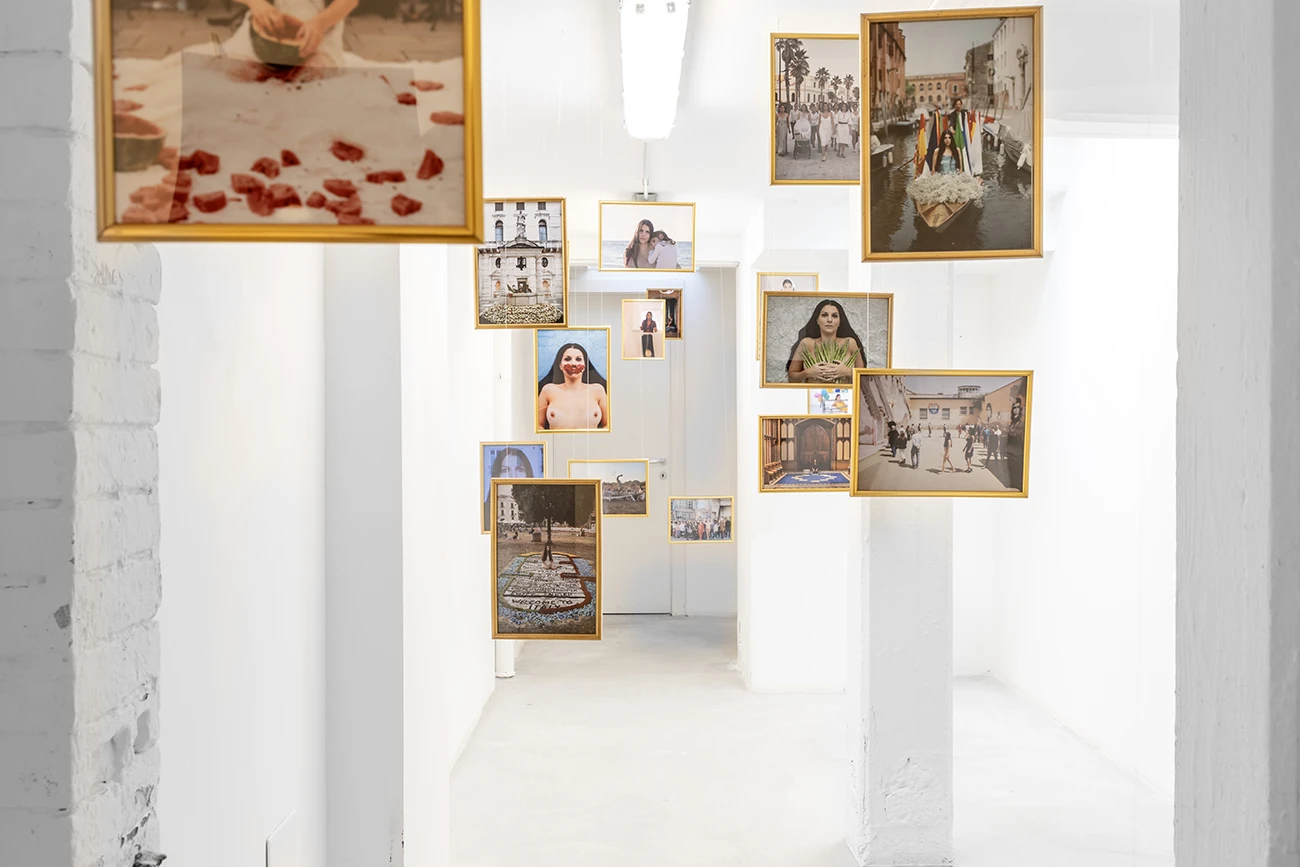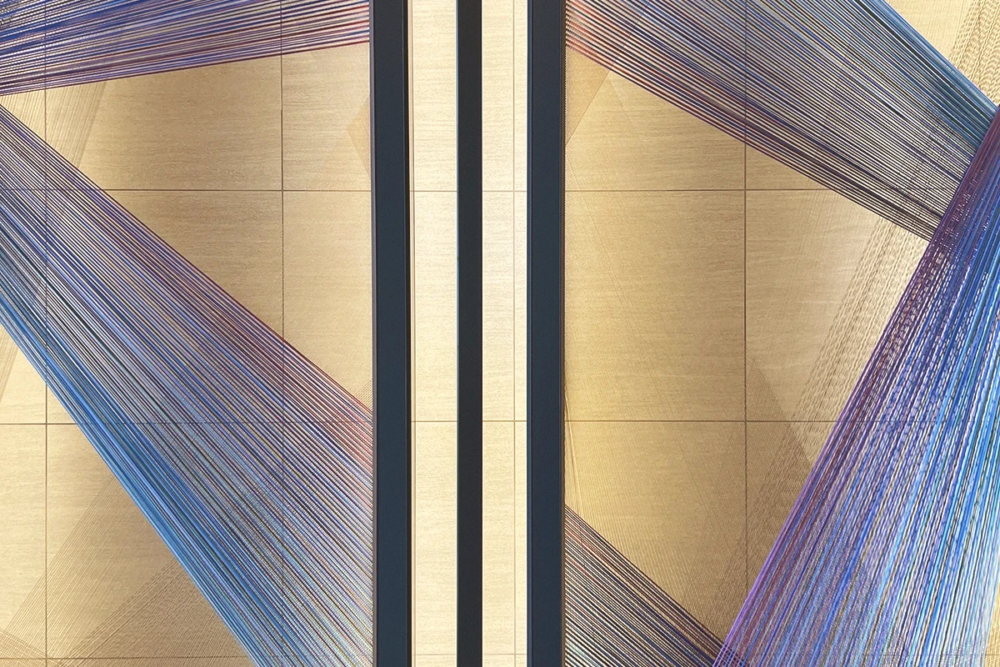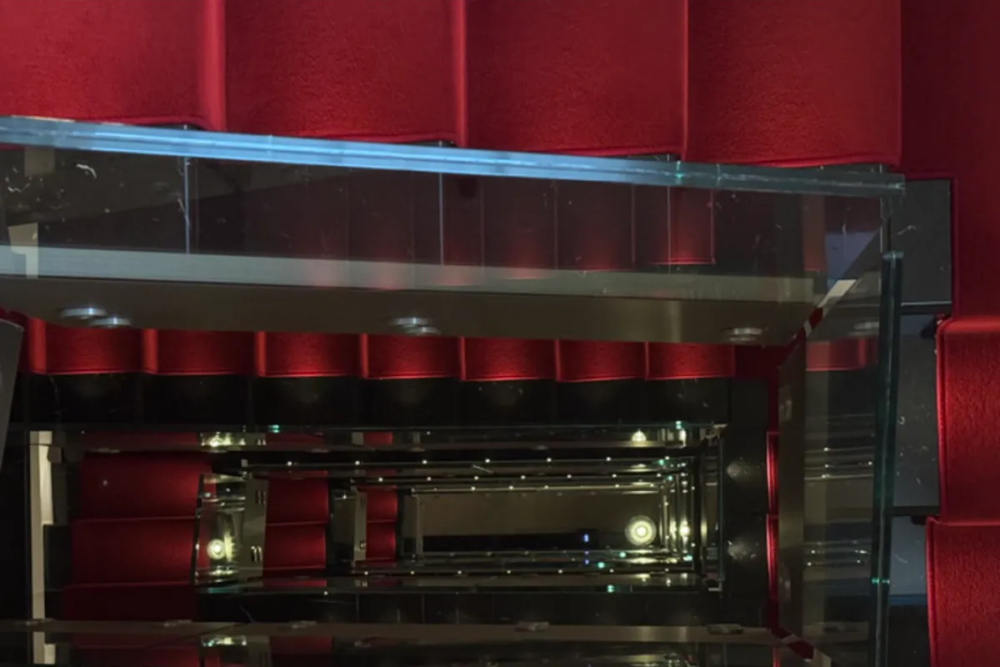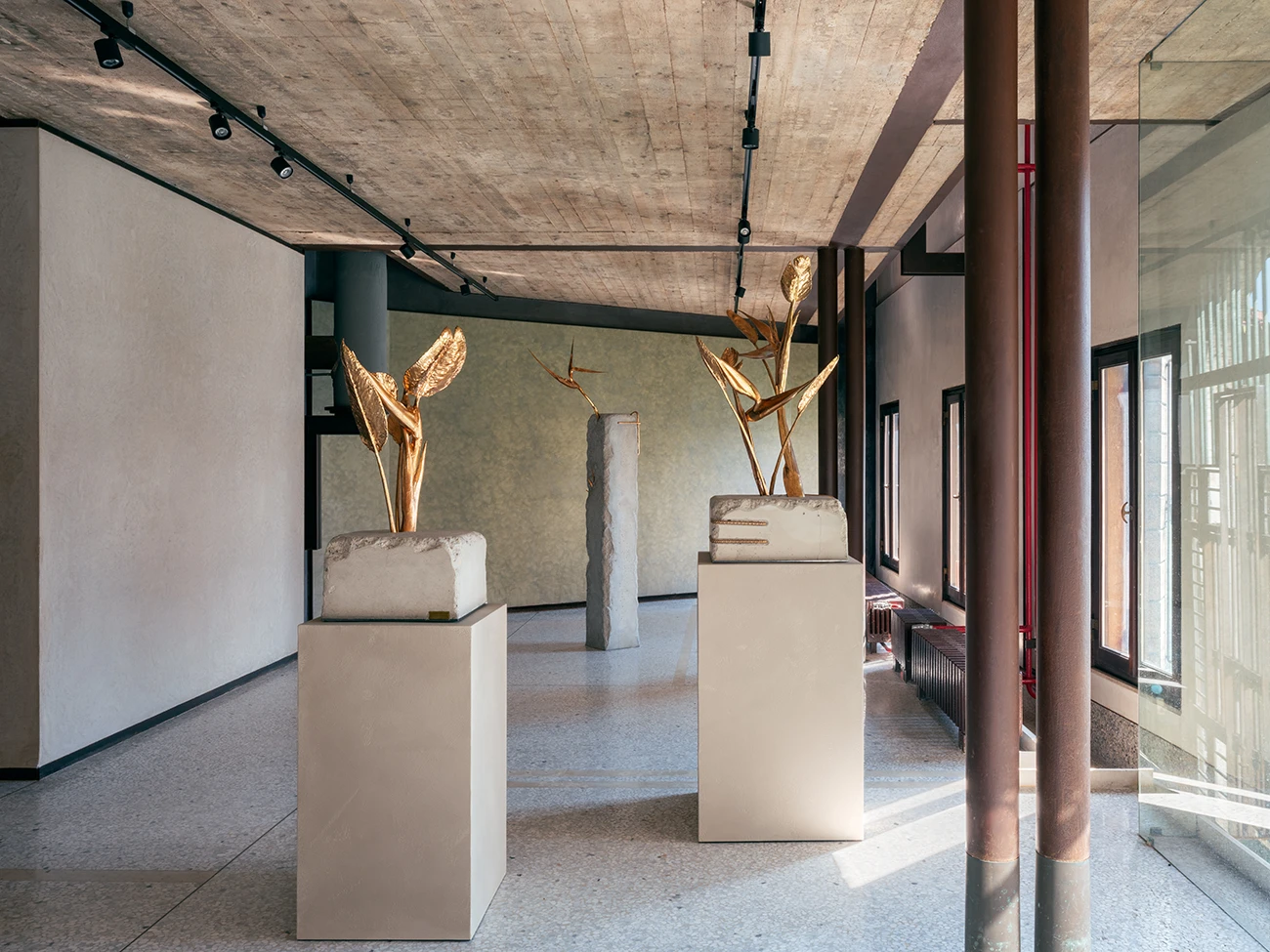
Venice as a Site of Intent: How Three Paris-Based Galleries Are Reshaping the Contemporary Art Landscape
Rooted permanently in Venice, three Paris galleries recast the city as a dynamic hub of ongoing contemporary art dialogue.
A year-round shift in Venice’s gallery presence beyond the Biennale calendar
Venice has long been associated with temporality. Its role within the international art system has historically been tied to the scheduling of the Biennale, a structure that brings institutions into the city alongside artists and audiences during concentrated cycles of exhibition. Outside these periods, the city has often been framed through rhythms of absence and return. Over the past decade, however, this model has been challenged by the establishment of permanent spaces that function independently of event-based timelines. Three galleries with headquarters in Paris: Galerie Negropontes, Alberta Pane Gallery, and 193 Gallery, have established permanent, year-round spaces in Venice, integrating the city into the structural logic of their operations as fixed locations with continuous programming shaped by architectural, logistical, and institutional conditions. Venice, in this configuration, no longer serves only as a site of periodic exhibition but as an ongoing base of curatorial and spatial activity within the broader geography of contemporary art.
Galerie Negropontes anchors its curatorial model in Venice through a permanent year round space
Galerie Negropontes, established in Paris in 2012 by Sophie Negropontes, opened a permanent space in Venice in 2024, located near Campo Santo Stefano. The expansion reflects both curatorial development and a longstanding personal link to the city. In 1982, during the Venice Biennale, her father, Dan Er. Grigorescu, exhibited large-format photographs of Brâncuși’s works in an international pavilion. That early encounter forms part of the gallery’s connection to Venice, now formalized through a year-round architectural presence.
The Paris and Venice locations operate as interdependent sites within a single curatorial framework. Exhibitions are structured to engage with the specific spatial and historical conditions of each setting. In Venice, the program is shaped by architectural context; in Paris, it remains rooted in broader visual and material concerns. The two spaces form a continuous structure rather than parallel venues, with programming designed to respond across geographic and institutional lines.
Alberta Pane Gallery builds long-term operations in Venice and Paris
Alberta Pane Gallery was founded in Paris in 2008. In 2017, it opened a second space in Venice in a former carpenter’s workshop in Dorsoduro. The building covers 350 square meters and retains many of its original features. The Paris spaces are located in the Marais and continue to host regular exhibitions. Both sites are active year-round.
Exhibitions are developed through an ongoing dialogue between the two cities. The Paris spaces are used for concentrated presentations. The Venice site allows for larger-scale projects shaped by the structure of the space itself. Installations often respond to its dimensions and material conditions. Programs are not transferred between the two cities but adapted in response to each location.
The gallery’s presence in Venice is part of a long-term commitment. It participates in the city’s year-round contemporary art network. The two sites function as a single operational model shaped by the physical realities of each setting.
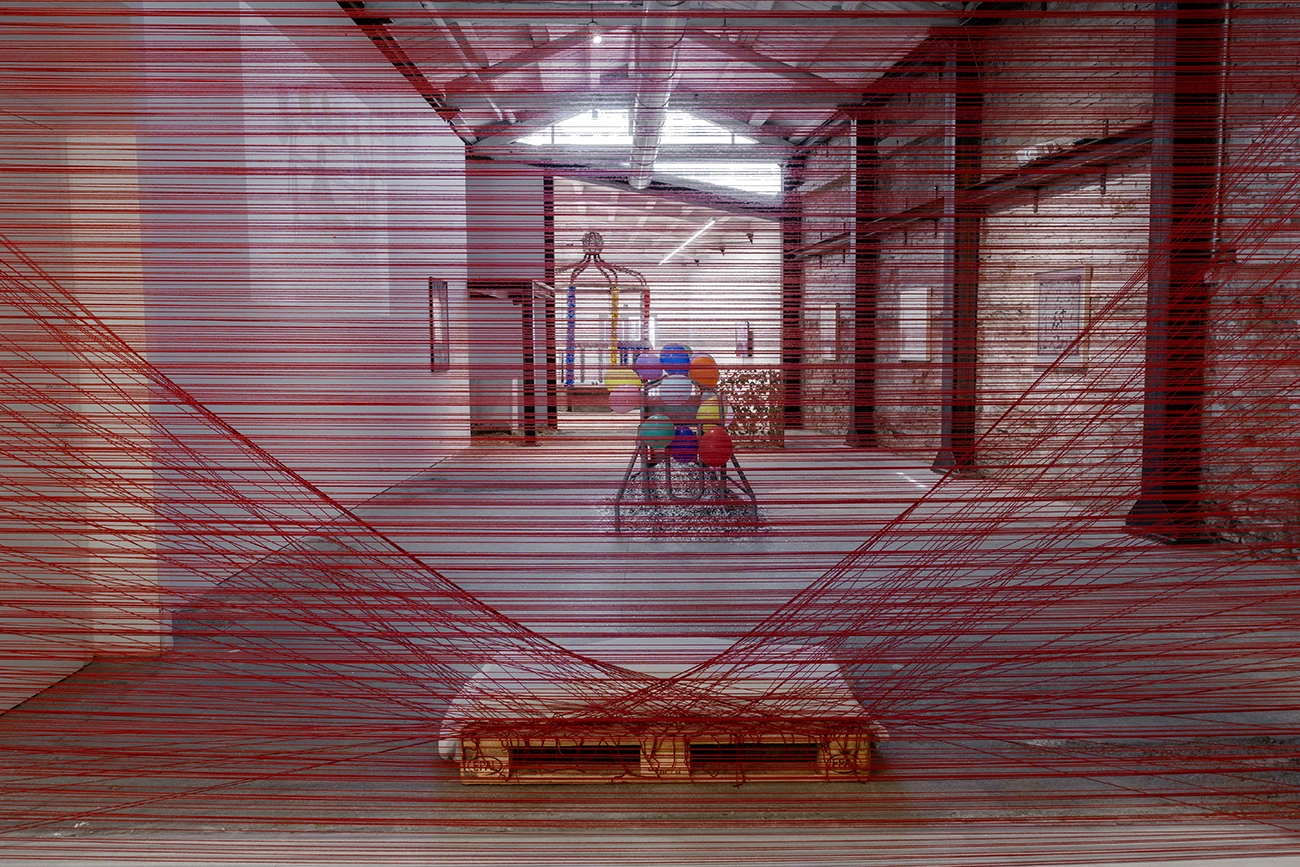
193 Gallery extends its Paris base with a permanent space in Dorsoduro, Venice
193 Gallery was founded in Paris in 2018. In 2024, it opened a permanent gallery in Venice in the former Solveni pharmacy at Dorsoduro 993/994. The site was adapted for exhibition while retaining elements of its historic structure. The opening coincided with the Biennale Arte 2024, where the gallery presented Passengers in Transit as an official Collateral Event. The exhibition brought together artists from the Global South and aligned with the gallery’s ongoing focus on geographic and cultural areas less present in European institutional networks.
The choice of Venice built on an earlier period when one of the gallery’s co-founders lived in the city and became familiar with its social and logistical conditions. That experience supported the development of a stable base able to function year-round. The Venetian site now operates in coordination with the Paris headquarters, contributing to an international program structured around continuity of exhibitions and long-term curatorial planning. Its activity extends beyond the temporary timelines of art fairs or seasonal events, embedding the gallery’s work within the city’s broader cultural fabric.
Venice as an operational condition for contemporary galleries
The three Paris-based galleries now active in Venice maintain distinct programs and histories. Galerie Negropontes expanded in 2024 with a new space near Campo Santo Stefano. Alberta Pane Gallery opened its Venetian site in 2017 in a former workshop in Dorsoduro. 193 Gallery followed in 2024 with a permanent location in the former Solveni pharmacy, also in Dorsoduro. Each gallery continues to operate in Paris, and each has chosen Venice as a second base that functions throughout the year.
The presence of these three institutions shows how Venice is integrated into long-term gallery operations. Exhibitions are produced in relation to the city’s architecture, its transport systems, and its administrative structures. Programs develop within these parameters and acquire their duration and scale from them. The result is not a uniform model but a set of practices shaped by the same environment.
Venice, in this sense, is not only the site where exhibitions take place. It is part of the process through which they are made, installed, and sustained. The work of these galleries demonstrates how permanent spaces in the city operate within its conditions and how those conditions define the rhythm of contemporary art activity throughout the year.
Benedicta Addoteye
